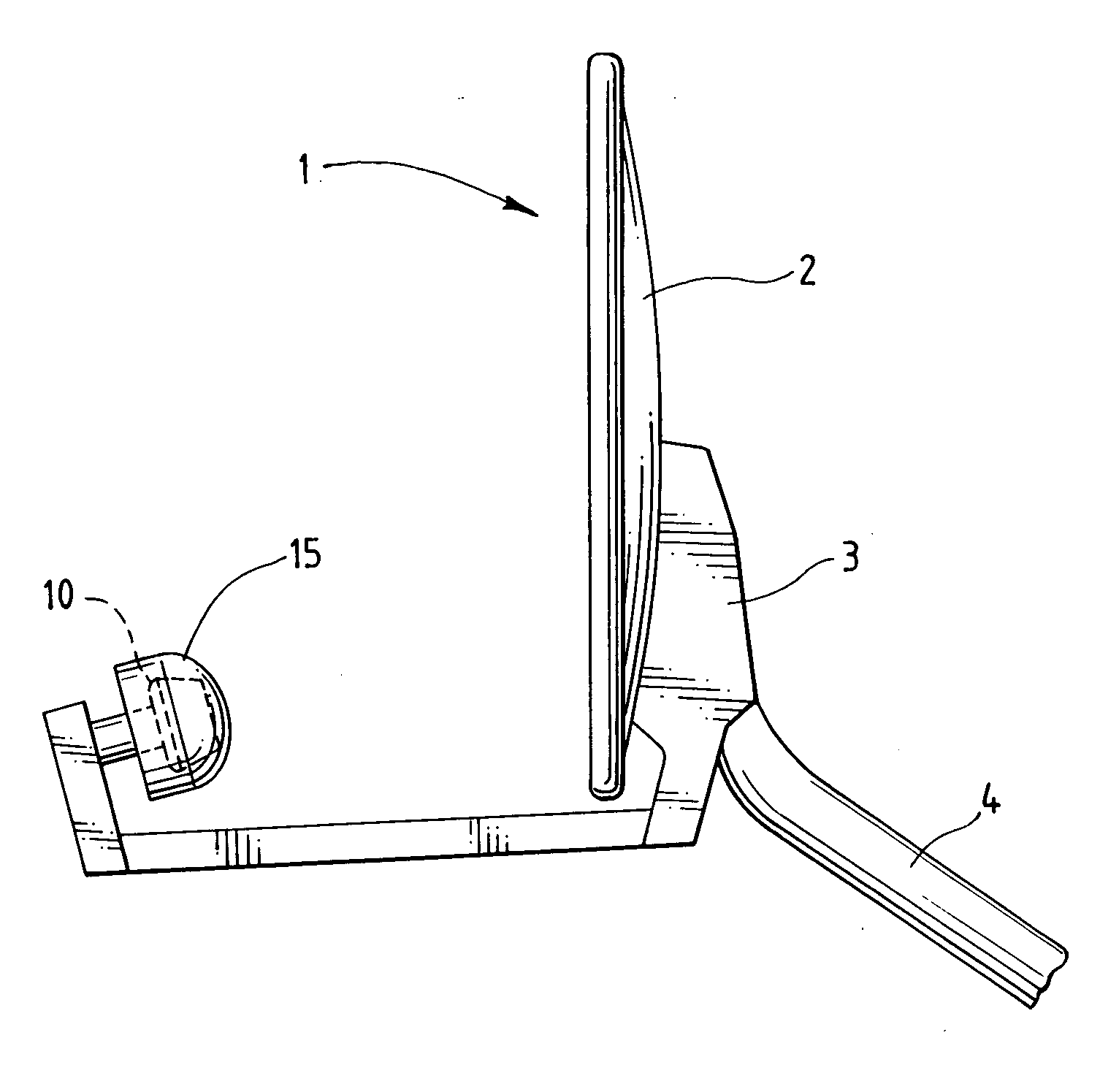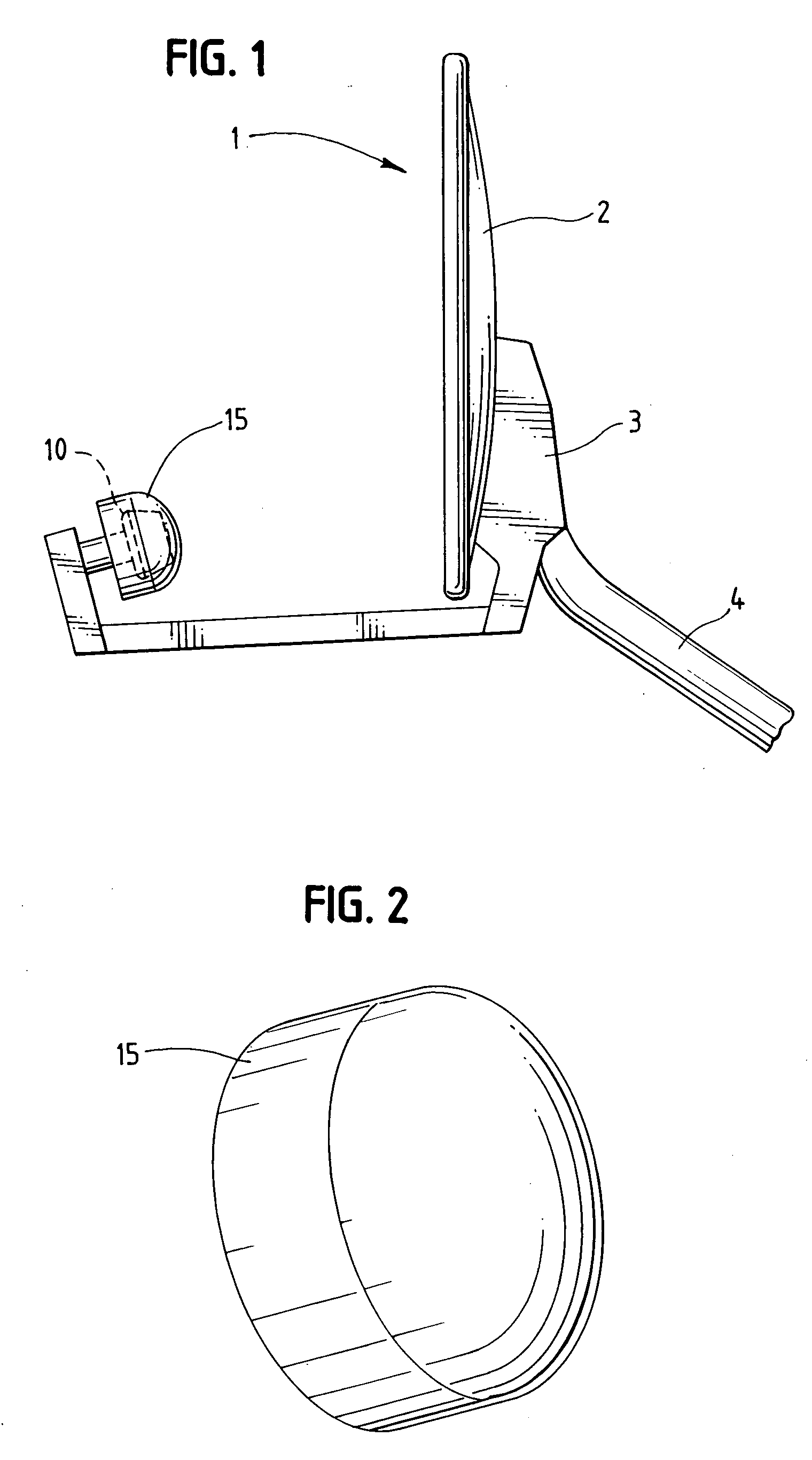Hydrophobic feed window
a feed window and hydrophobic technology, applied in the field of feed windows, can solve the problems of reducing the hydrophobic surface, affecting the performance of the antenna,
- Summary
- Abstract
- Description
- Claims
- Application Information
AI Technical Summary
Benefits of technology
Problems solved by technology
Method used
Image
Examples
examples
[0024] Feed windows were formed in the shape of a dome (suitable for use in a Direct TV Ka / Ku Feed Window) as illustrated in FIG. 2 or a flat shape (suitable for used as a US Dual Feed Window) using different formulations of polymer and treatments. These shapes were tested under various conditions to determine the relative suitability of such feed windows under weather and wear conditions.
[0025] The base polyolefin used in these tests was a high impact, high flowability propylene block copolymer identified as Samsung BJ730 having a melt index of 27 g / 10 min., a flexural modulus (ASTM D790) of 1470 MPa, an Izod impact strength (ASTM D258) of 8 kg cm / cm at 23° C. and 4 kg cm / cm at −20° C., and a density (ASTM D1505) of 0.910 g / cm3. This base resin was formulated with 0.8 wt. % light absorbers (0.4 wt. % Tinuvin 770DF™+0.4 wt. % Chimassorb 944LD™) from Ciba Specialty Chemicals.
[0026] Feed window structures moulded from such base polyolefin were coated with various materials including...
PUM
 Login to View More
Login to View More Abstract
Description
Claims
Application Information
 Login to View More
Login to View More - R&D
- Intellectual Property
- Life Sciences
- Materials
- Tech Scout
- Unparalleled Data Quality
- Higher Quality Content
- 60% Fewer Hallucinations
Browse by: Latest US Patents, China's latest patents, Technical Efficacy Thesaurus, Application Domain, Technology Topic, Popular Technical Reports.
© 2025 PatSnap. All rights reserved.Legal|Privacy policy|Modern Slavery Act Transparency Statement|Sitemap|About US| Contact US: help@patsnap.com


